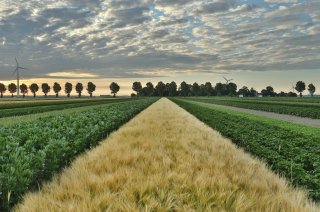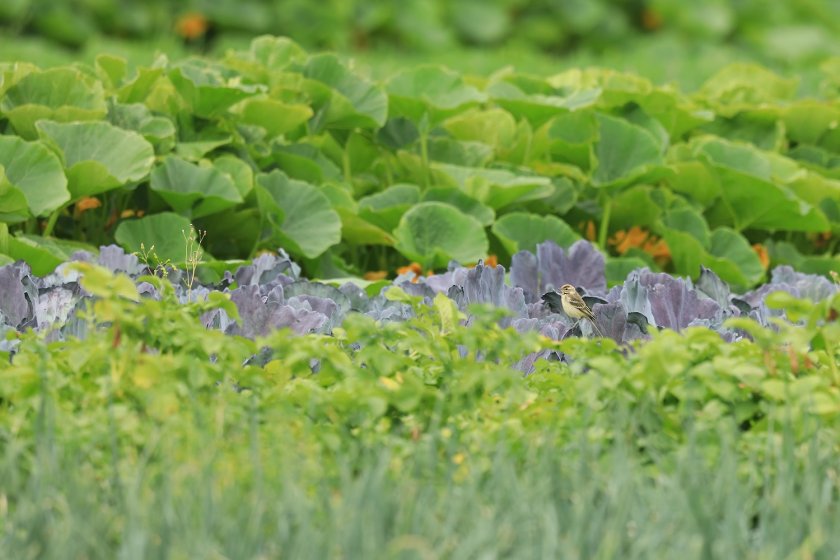
Dossier
Strip cropping
Strip cropping is an agricultural method that involves growing different crops in multiple adjacent strips. This is an alternative to monocultures, in which a single crop is cultivated across the plot. An increasing body of research by Wageningen University & Research shows that strip cropping benefits biodiversity and offers opportunities for farmers, but poses challenges as well. The pros and cons of strip cropping depend on the strip width and the system used.
What are the potential benefits of strip cropping?
Potential benefits of strip cropping for nature and farmers
- Strip cropping contributes to biodiversity and benefits insects and birds, among other animals.
- No loss of productive soil and no need to switch out crops.
- Strip cropping can often be implemented using machines the farmer already utilises.
- It may lead to higher yields.
- Strip cropping lowers the risk of diseases and pests causing significant damage, and results in an increase in natural pest control.
- Strip cropping is a way of spreading risks. It reduces the risk of significant damage due to extreme weather as a result of climate change.
- Strips of grass clover or alfalfa can serve as direct green manures.
- Strip cropping makes for a more varied and aesthetically pleasing landscape.
- Strip cropping reduces the risk of slope and wind erosion.
Potential disadvantages of strip cropping
- Strip cropping is more complex to implement and requires more knowledge and expertise on the part of the grower.
- Management may be less efficient in case of strip cropping. Examples include soil tillage, fertilisation, irrigation and spraying.
- Strip cropping is difficult to implement on remote (rented) plots.
- Machines are currently designed for monocultures. These machines are more difficult to use efficiently for strip cropping, since the cultivation area for each crop is smaller. Moreover, large machines take longer to harvest plots used for strip cropping, which could present issues, especially in crops with short harvest times, such as cereals.
- In some cases, strip cropping may actually lead to pests like mice if natural pest control cannot sufficiently develop in the surrounding landscape.

Strip cropping as a form of crop diversity
Cultivating crops in parallel strips is a form of crop diversity. Farmers often simultaneously apply other forms of crop diversity, such as rotating the crops grown on each strip. This results in crop diversity in space (strip cropping) and time (crop rotation).
Alley cropping
Strip cropping and Integrated Pest Management (IPM)
Integrated Pest Management (IPM) is a sustainable method of disease and pest prevention and control. This method comprises five pillars of interconnected measures.
One of these pillars is crop diversity in both space and time. For example, instead of alternating the cultivation of potatoes and grass annually, the farmer can switch to growing potatoes and grass in strips. Grass is not susceptible to potato late blight, and, since grass is a low crop that allows room for the wind, the potatoes are less likely to fall victim to blight. This makes strip cropping a possible IPM approach for farmers.
Strip cropping and circular agriculture
In circular agriculture, farmers aim to achieve a closed cycle and optimally use all biomass. The residual flows of one chain are used as raw materials by another. An example of this is using some strips for food crops, while others are used as green manures or animal feed.


